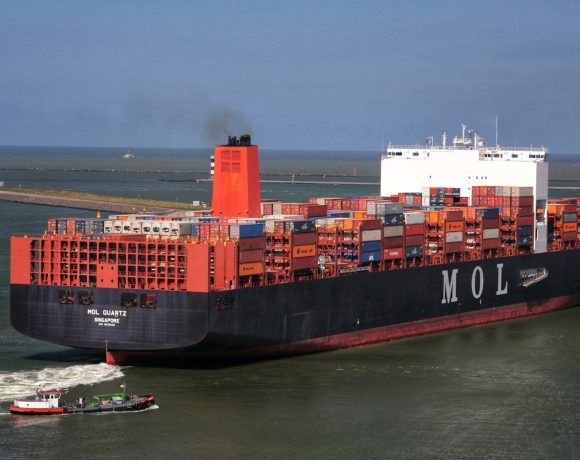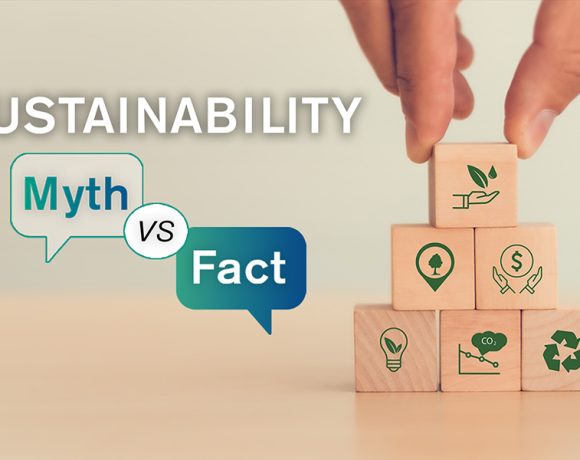China extends vehicle trade-in policy in 2025
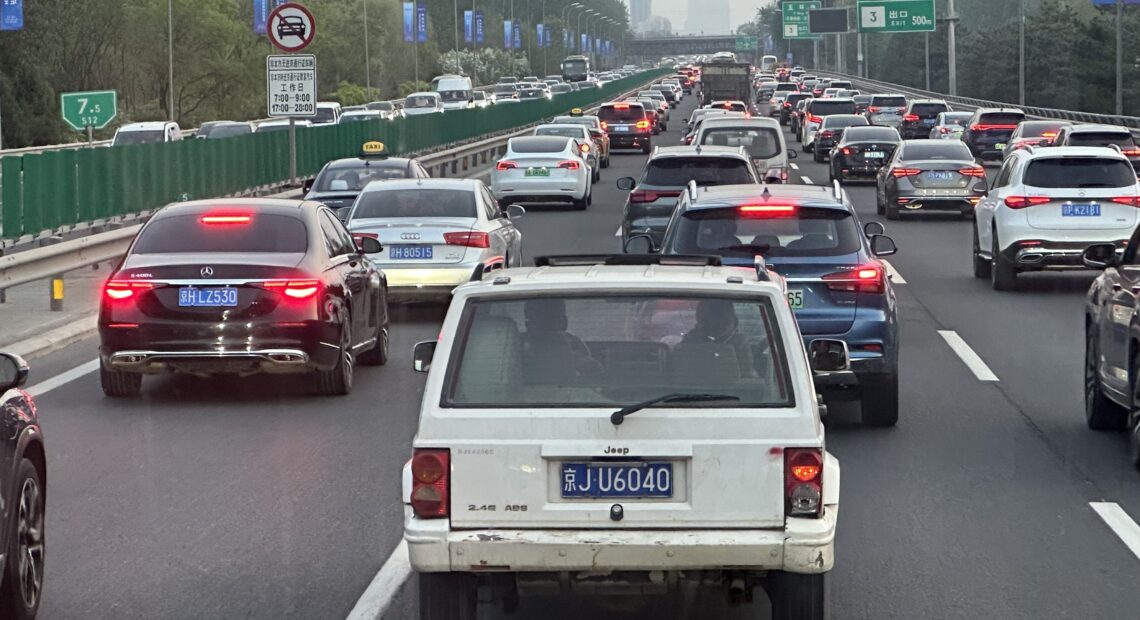
To boost the country’s EV sales
China has extended its vehicle trade-in subsidy scheme into 2025, renewing a crucial incentive to further the adoption of electric vehicles (EVs). The previous policy expired at the end of 2024.
The trade-in scheme, which remains the final Chinese government-backed subsidy for EVs, is part of a broader effort to encourage green mobility in the world’s largest car market. The move is seen as a significant push to maintain momentum in the transition to EVs as China’s broader EV subsidies ended in 2022. This policy benefits consumers and stimulates the automotive industry, particularly the EV sector, by boosting demand for new models.
Under the renewed scheme, Chinese consumers are eligible for a subsidy of up to RMB20,000 ($2,730) when they scrap an older internal combustion engine (ICE) vehicle or EV and replace it with a new EV. For those opting to replace their vehicle with a new ICE model featuring an engine smaller than 2.0 litres, the subsidy is capped at RMB15,000 ($2,047).
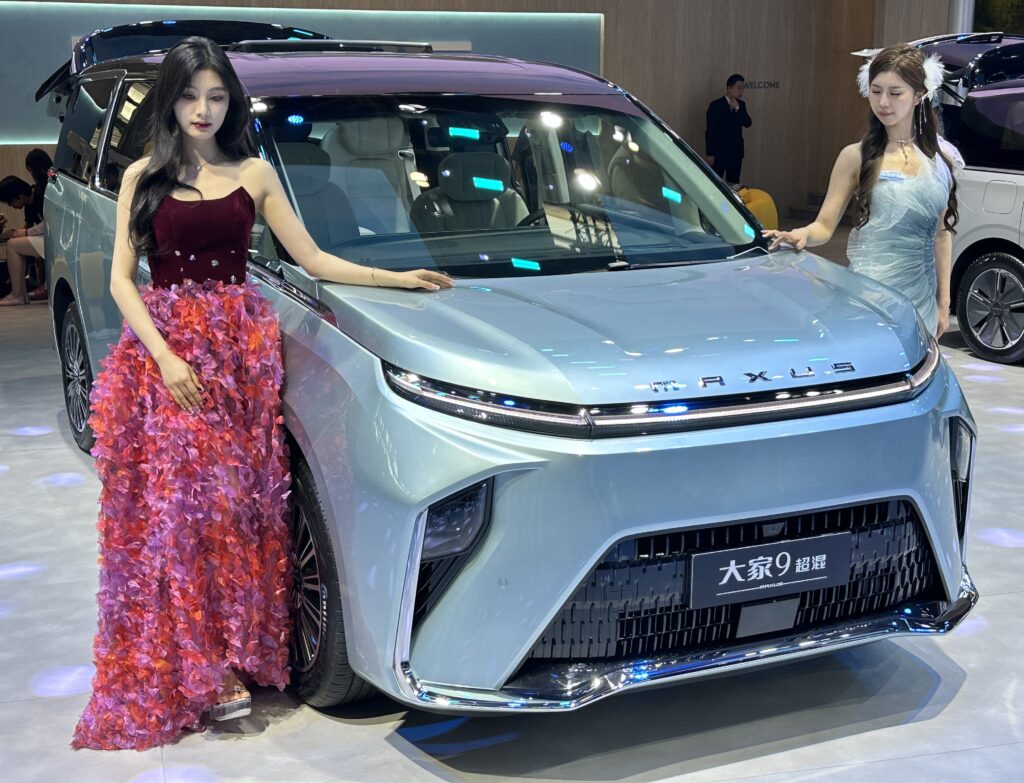
The eligibility criteria for scrapping vehicles have been updated for 2025. For ICE vehicles, the subsidy now applies to those registered before June 2012 and meeting the China 4 emission standard or lower, an increase from the previous year’s requirement of China 3 or lower. Similarly, EVs eligible for scrapping must have been registered before December 2018, up from April 2018 under the previous policy.
A notable feature of the scheme is its flexibility. Consumers can sell their vehicles on the second-hand market instead of scrapping them, albeit at a reduced subsidy rate. In such cases, the subsidy for a new EV is up to RMB15,000 ($2,047), while for a new ICE vehicle, it is RMB13,000 ($1,774).
Positive performance
Introduced at the end of April 2024, the trade-in policy quickly proved popular with Chinese consumers. Over four million people applied for the scheme in its first six months, with more than two million opting to trade their vehicles for new models.
The application process is straightforward: submit the necessary documents and inspect the vehicle. The policy has significantly stimulated demand for EVs, further accelerating China’s ambitious green transition.
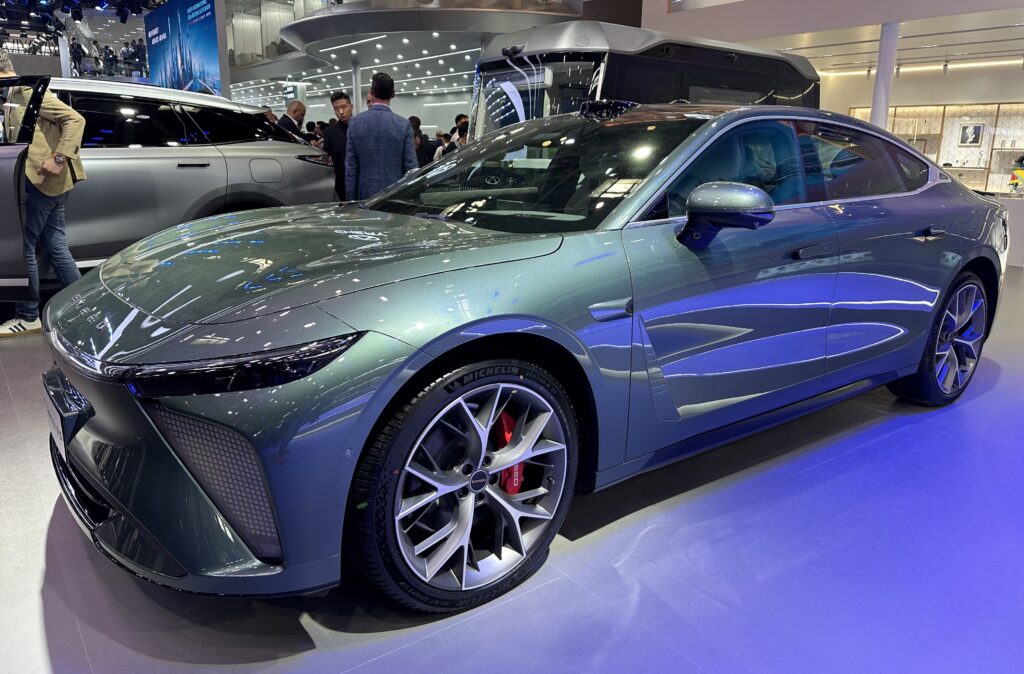
This extension is part of a larger government initiative to foster sustainable consumer behaviour. This initiative also includes subsidies for electronics and other energy-efficient products. For the 2025 iteration, the central government has allocated RMB81 billion ($11 billion) to support this initiative, although the exact portion dedicated to vehicle trade-ins remains unclear.
EV transition
China’s EV market experienced robust growth in 2024, with sales increasing by 40% year-on-year. The country saw its monthly EV sales penetration rate exceed 50% on three separate occasions in 2024, signalling the rapid shift from traditional vehicles. While price reductions and convenience have been major drivers of EV adoption, government incentives like the trade-in scheme remain essential for removing older, more polluting vehicles from the road.
China’s Ministry of Industry and Information Technology (MIIT) has published a draft of new regulations to encourage EV adoption further. The draft legislation, Requirements for the Management of Passenger Car Enterprise Average Fuel Consumption and New Energy Vehicle Credits in 2026-2027, requires that new energy vehicles (NEVs) account for 48% of all vehicle sales by 2026, rising to 58% by 2027.
These changes aim to encourage even more consumers and manufacturers to adopt EVs as part of the country’s ongoing environmental goals.
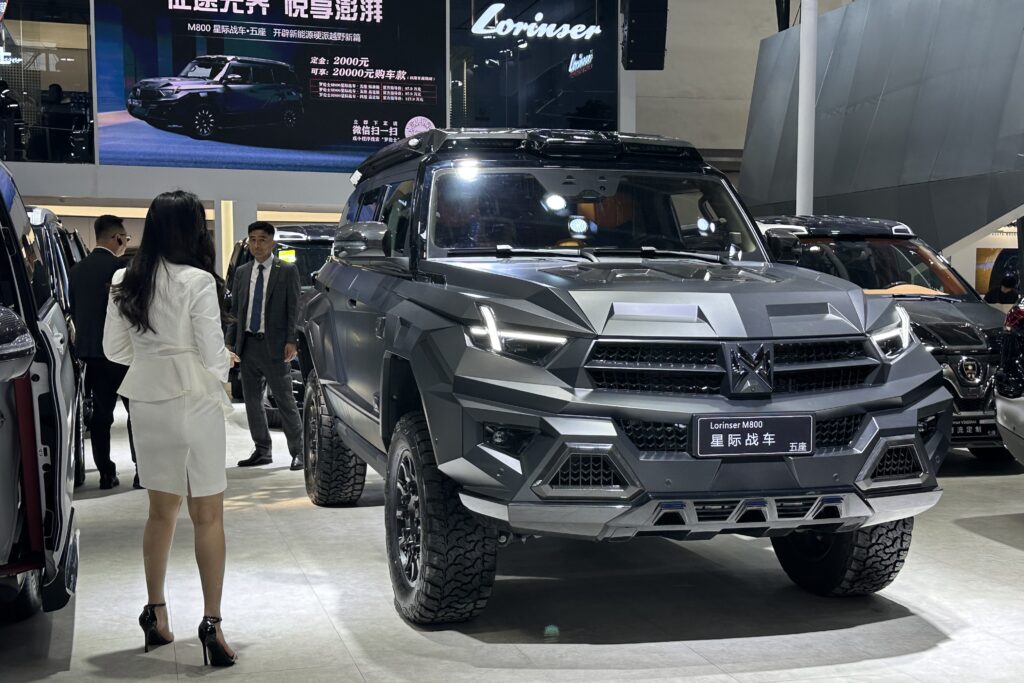
While the renewed trade-in scheme is expected to be crucial in meeting these ambitious targets, it may also face challenges. Some critics argue that the policy could lead to a surge in vehicle production, potentially increasing carbon emissions in the manufacturing process. However, the Chinese government believes that the benefits of accelerating the transition to a cleaner and more sustainable automotive future outweigh these potential challenges.
As China looks to maintain its leadership in the global EV market – including targeting the oil-rich Arabian states with Chinese EV automakers that include BYD, Geely, Nio, SAIC Motor, and Exeed – initiatives like the vehicle trade-in subsidy will remain central to driving consumer demand and reducing the environmental impact of older cars on the road.
Hero image: Traffic lanes in Beijing City on April 25, 2024. Chinese consumers are now eligible for a subsidy of up to RMB20,000 ($2,730) when they scrap an older ICE vehicle or EV and replace it with a new EV. Credit: Arnold Pinto

